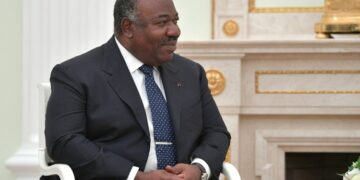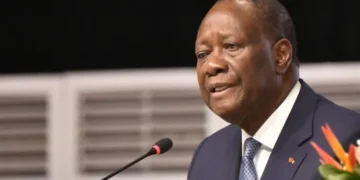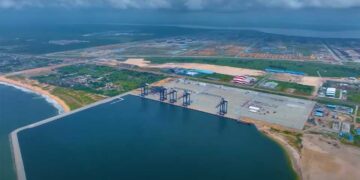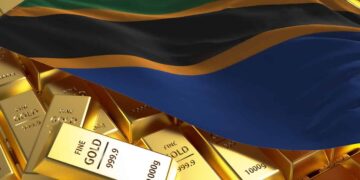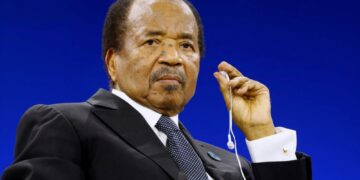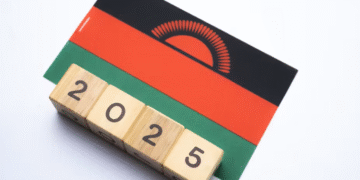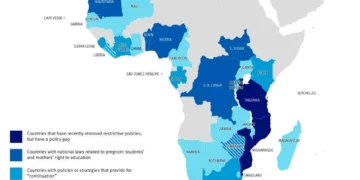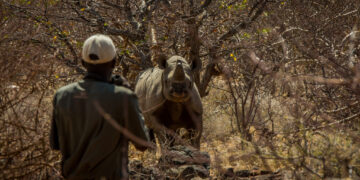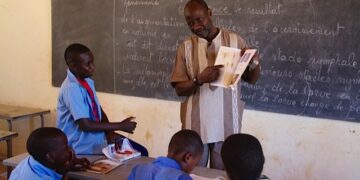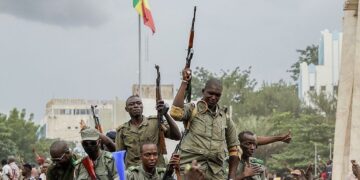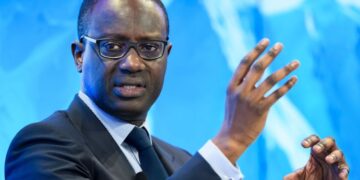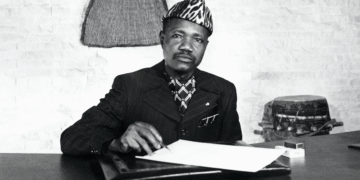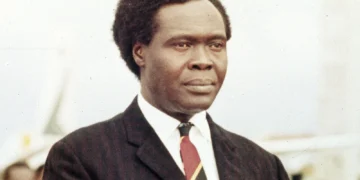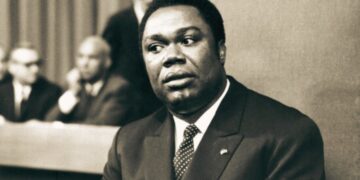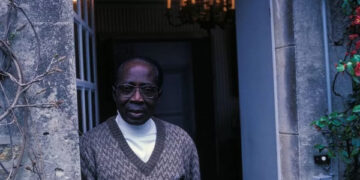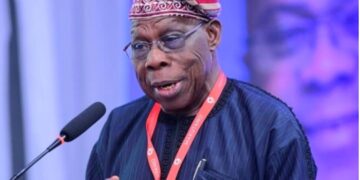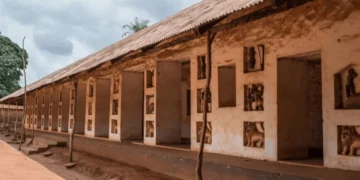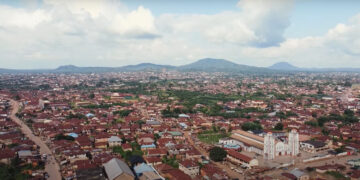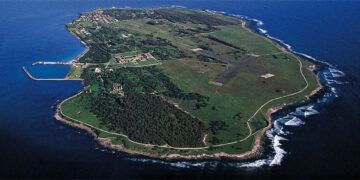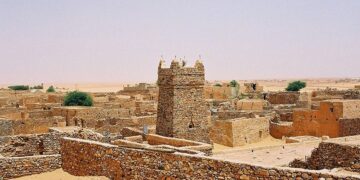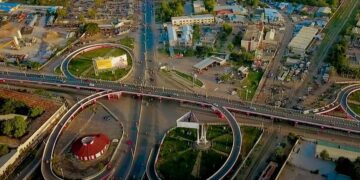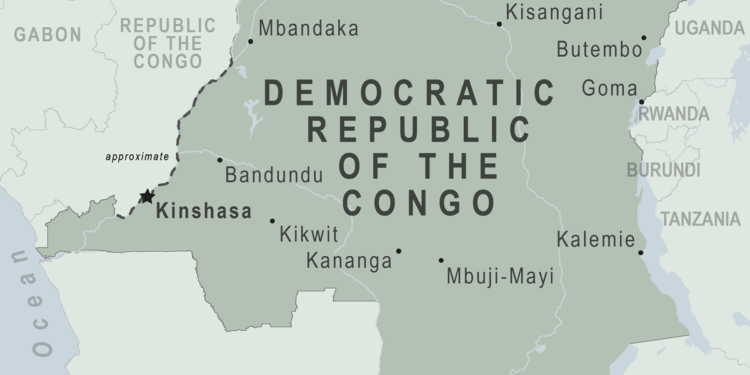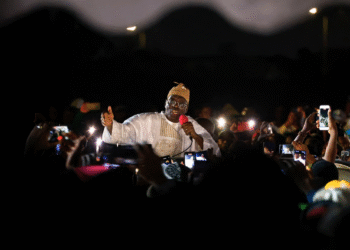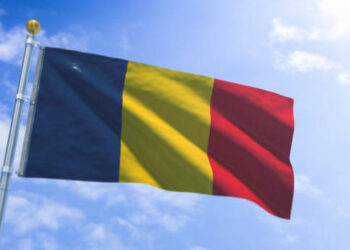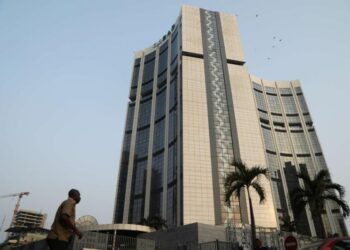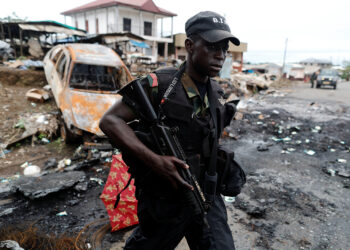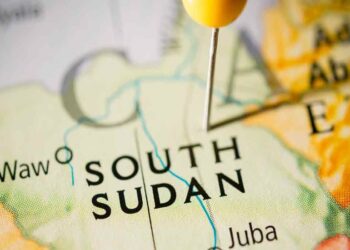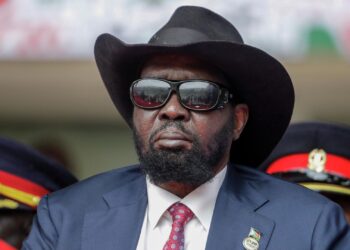The Democratic Republic of Congo (DRC) is the second-largest country in Africa and the 11th-largest in the world by land area. With a population of around 112 million, the Central Africa country is the most populous Francophone country in the world.
More than 200 African ethnic groups of which the majority are Bantu; the four largest groups – Mongo, Luba, Kongo (all Bantu), and the Mangbetu-Azande (Hamitic) – make up about 45% of the population. While the main languages in DRC are French (official), Lingala (a lingua franca trade language), Kingwana (a dialect of Kiswahili or Swahili), Kikongo, Tshiluba.
The DRC began as a king’s private domain (the Congo Free State), later evolved into a colony (the Belgian Congo), became independent in 1960 (as the Republic of the Congo), and later underwent several name changes (to the Democratic Republic of the Congo, then to Zaire, and back again to the Democratic Republic of the Congo) is the product of a complex pattern of historical forces.
Some are traceable to the precolonial past, others in the era of colonial rule, and others still to the political convulsions that followed in the wake of independence. Historians say all, in one way or another, have left their imprint on Congolese societies. With all odds, Congo achieved independence from Belgium on 30 June 1960.
Although, the DRC is endowed with exceptional natural resources, including minerals such as cobalt and copper, hydropower potential, significant arable land, immense biodiversity, and the world’s second-largest rainforest.
Despite Democratic Republic of the Congo extremely rich in natural resources, nevertheless it has suffered from political instability, a lack of infrastructure, corruption, and centuries of both commercial and colonial extraction and exploitation, followed by more than 60 years of independence, with the little widespread development.
In addition, the capital Kinshasa, the two next largest cities, Lubumbashi and Mbuji-Mayi, are both mining communities. The DRC’s largest export is raw minerals, with China accepting over 50% of its exports in 2019.








